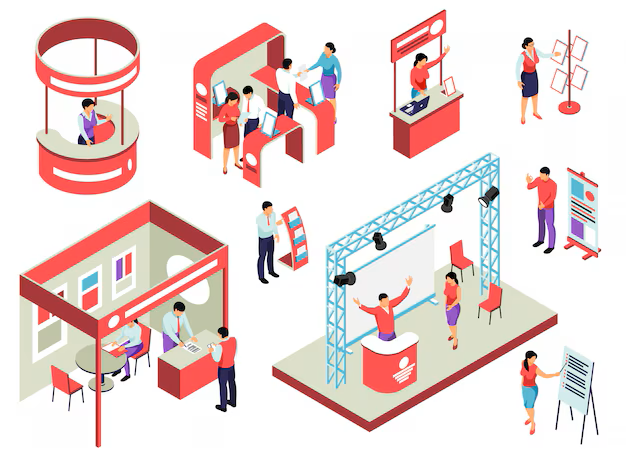
Every exhibitor wants one thing from your event: access to real buyers. Sponsors want influence with those same decision-makers. But most event teams don’t have the visibility to show exactly where those people are hiding in their audience data.
That’s what a proper data strategy changes. It connects and structures your data so you can uncover who the true buyers are, how they behave, and how to prove their value to exhibitors and sponsors.
1. Why You Need an Event Data Strategy
Event data usually lives in fragments — registration systems, CRMs, session scans, lead retrieval tools. Each one captures pieces of information, but without a joined-up plan, you only ever see part of the picture.
A clear strategy:
-
Defines what data to collect and why
-
Connects systems so data can be analysed together
-
Sets goals for identifying and tracking decision-making attendees
This turns your database from a contact list into a source of audience intelligence.
2. Finding the Buyers in Your Data
Once you have structure, you can start revealing where the value sits.
a. Build an Audience Matrix
Create a simple matrix that maps job roles, company types, and buying power. For example:
| Segment | Role | Buying Power | Priority | Engagement |
|---|---|---|---|---|
| A | Director / Head | High | 1 | Repeat attendee |
| B | Manager | Medium | 2 | Active online |
| C | Specialist | Low | 3 | One-time visitor |
Patterns emerge fast. You’ll see who’s returning, who’s engaging, and who holds real influence.
b. Make Registration Data Work Harder
Most registration forms collect too much irrelevant data and not enough that signals intent. Refine your questions to identify authority, purchasing needs, and project timing. Then clean and enrich that data to improve accuracy and usability.
c. Analyse Interaction Data
Look at session attendance, app activity, and exhibitor engagement. Visitors who repeatedly interact with certain products or categories usually hold buying influence. Tracking these patterns gives you the real story behind your audience behaviour.
3. Enrichment and Segmentation Expose Real Value
Data enrichment fills the gaps your systems miss — company size, turnover, seniority, or verified contact details. When you add this context, your segmentation becomes far more powerful.
Use segmentation to surface key audiences such as:
-
Decision-makers from high-value organisations
-
Returning buyers in target sectors
-
Senior visitors showing consistent engagement
These segments are gold when you’re proving ROI or shaping campaigns.
4. What This Means for Exhibitors and Sponsors
With a structured event data strategy:
-
You prove ROI by showing exhibitors exactly which buyers they met
-
You improve targeting by analysing where high-value segments come from
-
You add commercial value by giving sponsors visibility of influence across audiences
This transforms your post-event reporting from vanity metrics to real commercial insight.
5. Where to Start
If you’re not there yet, begin simple:
-
Audit what data you already have and where it lives
-
Define what makes someone a “buyer” in your context
-
Build reports that connect engagement with seniority and company type
Once you take these steps, you’ll start seeing where the buying power in your audience actually sits — and how to grow it.
In short:
Your buyers are already there. A data strategy is what makes them visible. To find out how to unearth these gems, get in touch with a member of our team.